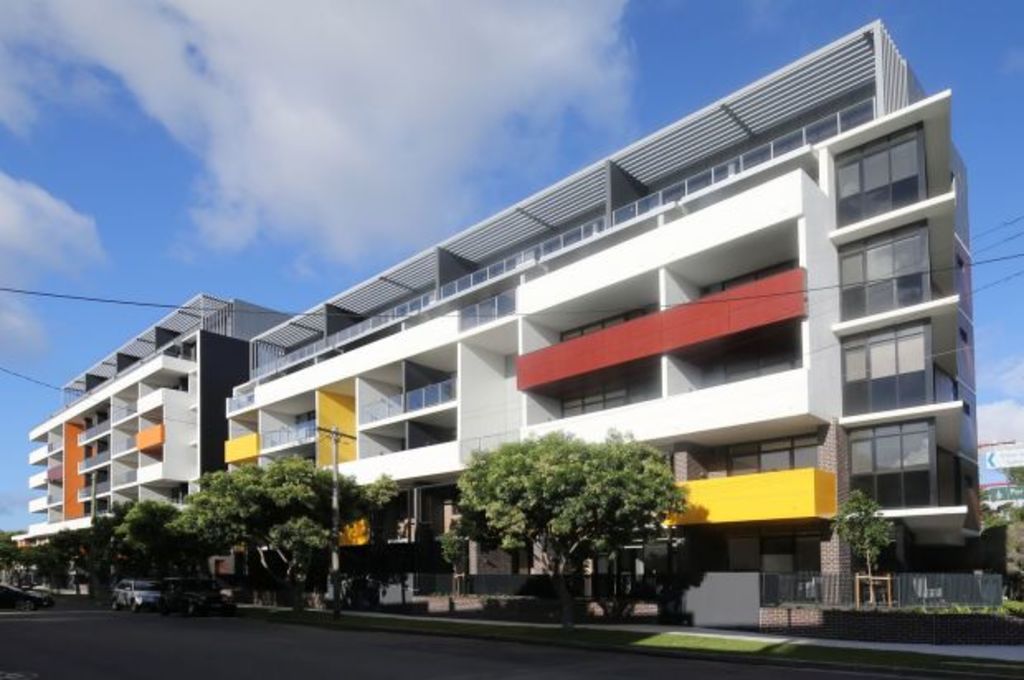Affordable housing shortage in inner Sydney leaves workers sleeping rough

Lower-income earners in Sydney who can’t afford to rent are resorting to sleeping in their vehicles because of a shortage of affordable housing, according to a non-for-profit leader.
With affordable housing accommodation being filled up quicker than it can be built, low- to medium-income earners are struggling to keep up with increasing rents in Sydney.
City West Housing CEO Janelle Goulding said people who faced very long commutes into the city for work were sleeping in their cars during the week so they could be closer to their jobs.
“We’ve housed a guy that was sleeping in his car, who was a conductor on the light rail. Not because he didn’t have a job, but because he couldn’t afford to live in Pyrmont. There are people all over Sydney sleeping in their cars and they’ve got jobs,” she said.
The non-for-profits’ latest project, the Exordium apartments at Zetland, took out the Excellence in Affordable and Not-for-profit Housing Award at the Urban Development Institute of Australia (UDIA) NSW Awards for Excellence gala dinner on Friday night.
The high demand for affordable housing in the city meant the 104 long-term rental apartments, were all leased before the $41 million development at the old South Sydney Hospital Site was completed.
Goulding said it was important that more affordable housing was available in the inner city and that it was designed well so that it wasn’t something workers would be ashamed to live in.
The development, which received funding from the Green Square levy program, offers a mix of one-, two- and three-bedroom units for key city workers like nurses, policemen and teachers, with about 15 per cent adaptable for the elderly or tenants with a disability.
“With affordable housing it’s easier to make the rooms small and to have a very plain building, but they didn’t do either of those. They had good-sized rooms and the building architecture is good, the amenities are modest, but they’re there,” said UDIA NSW judge Laurie Rose AM.
Goulding questioned why key workers like paramedics and policemen who worked odd hours, should have to travel hours a days to get to work, because they couldn’t afford to pay the ‘ridiculously high’ rents in Sydney.
“Every time we build a development we come up against the NIMBY (not in my backyard) syndrome: ‘Oh why should these people get cheap housing’, but when you build a development, you need it for the people who are going to run the city,” she said. “It lets people live close to where they work.”
She said the state government should expand levy schemes and turn to inclusionary zoning, where a given share of new developments have to be affordable accommodation, if it was serious about transitioning people out of social housing. The waiting list is now at 58,000 people.
“In the UK it’s up to 40 per cent of every development that has to be affordable housing – we’re at four per cent; we’ve got a long way to go.”
Social Housing Minister Brad Hazzardsaid while he was keen on the concept of inclusionary zoning, it was a matter for the planning minister and cabinet.
He said even in the absence of state government requirements, developers should consider the reputational advantage of building quality affordable accommodation.
“Yesteryear’s concept of it being cheap and nasty and not looking at all similar is completely unacceptable; it doesn’t work for the developer either, they want to maximise their sale price and that is seriously compromised if the properties are no good.”
UNSW City Future Research Centre director Bill Randolph said that apart from inclusionary zoning, governments needed to look at introducing density bonuses for developers who built affordable accommodation and to reintroduce subsidies like the National Rental Affordability Scheme which allowed community housing providers and universities to afford to buy from developers.
However, he said the big game changer would be subsidising the cost of production to encourage large superannuation funds and institutions to fund the long-term rental market, currently dominated by mum and dad investors.
“If you had large scale institutions interested in 30 years investment, they could have blocks of units,” he said. “‘So you get inclusionary zoning blocks funded by large scale institutional investors and managed and owned by community housing providers.”
We recommend
States
Capital Cities
Capital Cities - Rentals
Popular Areas
Allhomes
More







